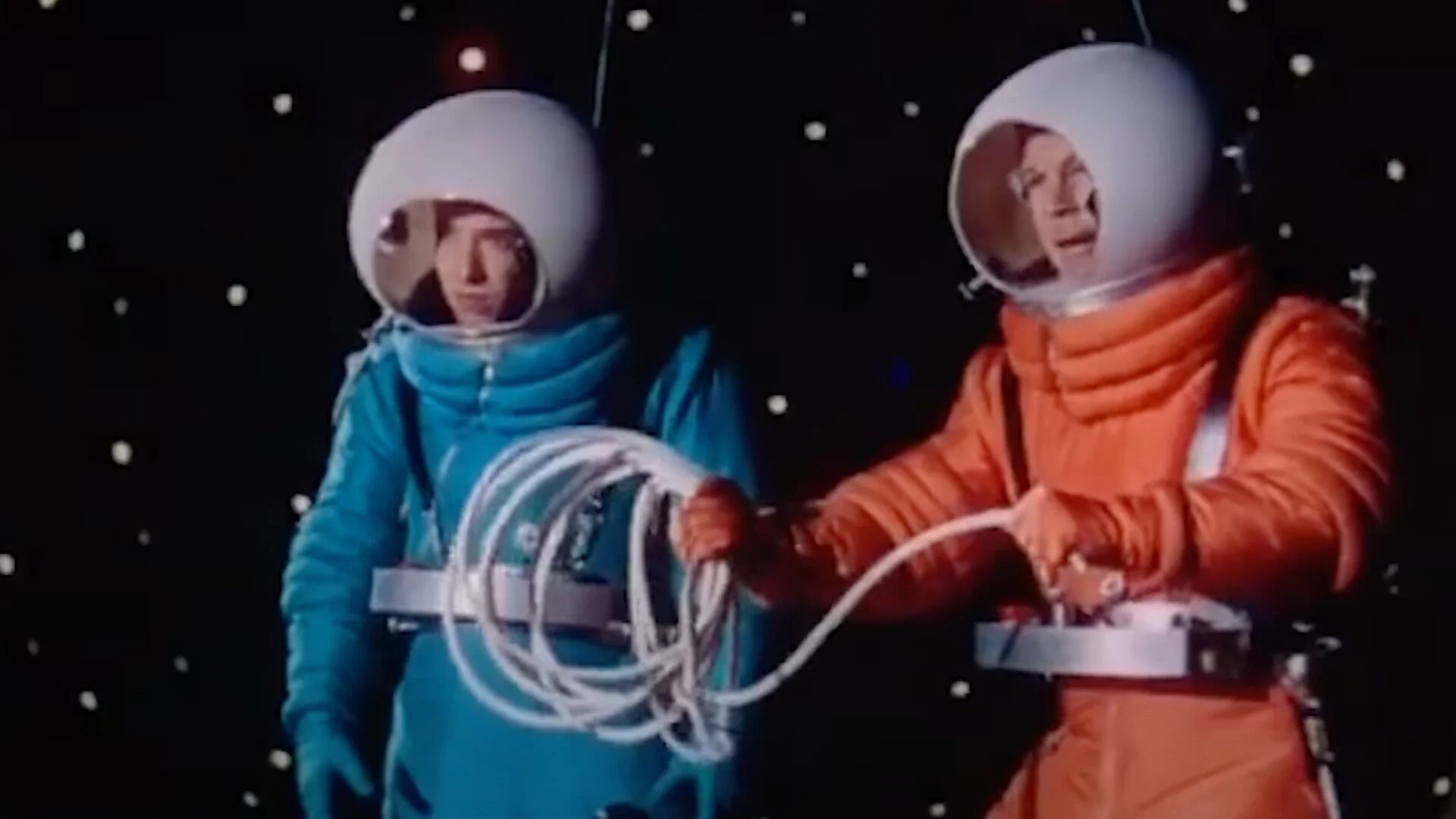Video Explores How Space Movies Have Evolved Over The Past 120 Years
Movies Insider has posted an interesting video that shows us how the depiction of outer space in movies has evolved over the past 120 years. The video actually offers some fascinating insight and information regarding how bringing space to life in the early days of filmmaking relied on practical effects and camera tricks. Some of biggest innovations would come from 2001: A Space Odyssey, Star Wars, Apollo 13, and Gravity.
When making movies set in space, filmmakers have had to get creative portraying elements such as zero gravity, space travel, and the surface of the moon. Directors have tried to portray outer space going all the way back to 1902's “A Trip to the Moon.” 1950's “Destination Moon,” used wires to lift actors off the ground, a technique still used to this day. “2001: A Space Odyssey” broke new ground when Stanley Kubrick and the crew built a centrifuge and a camera rig to better capture ship movements. On “Star Wars: Episode IV – A New Hope,” George Lucas took space fights to the next level using motion-control cameras. Then, in 1995, “Apollo 13” found the most realistic way to recreate zero gravity was to film Tom Hanks, Kevin Bacon, and Bill Paxton in an actual weightless environment. In the 21st century, movies like “Gravity,” “First Man,” and “The Midnight Sky” have used groundbreaking CGI and LED projection to make weightless movement and the light of outer space feel more realistic than ever before.
